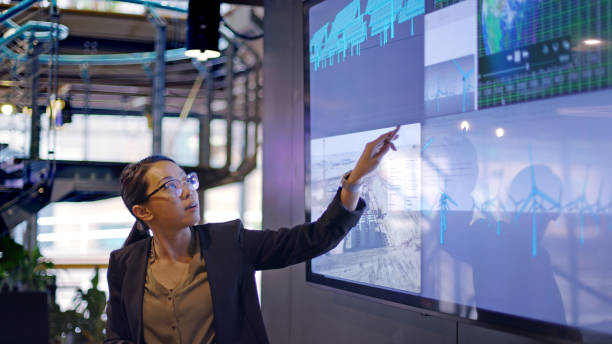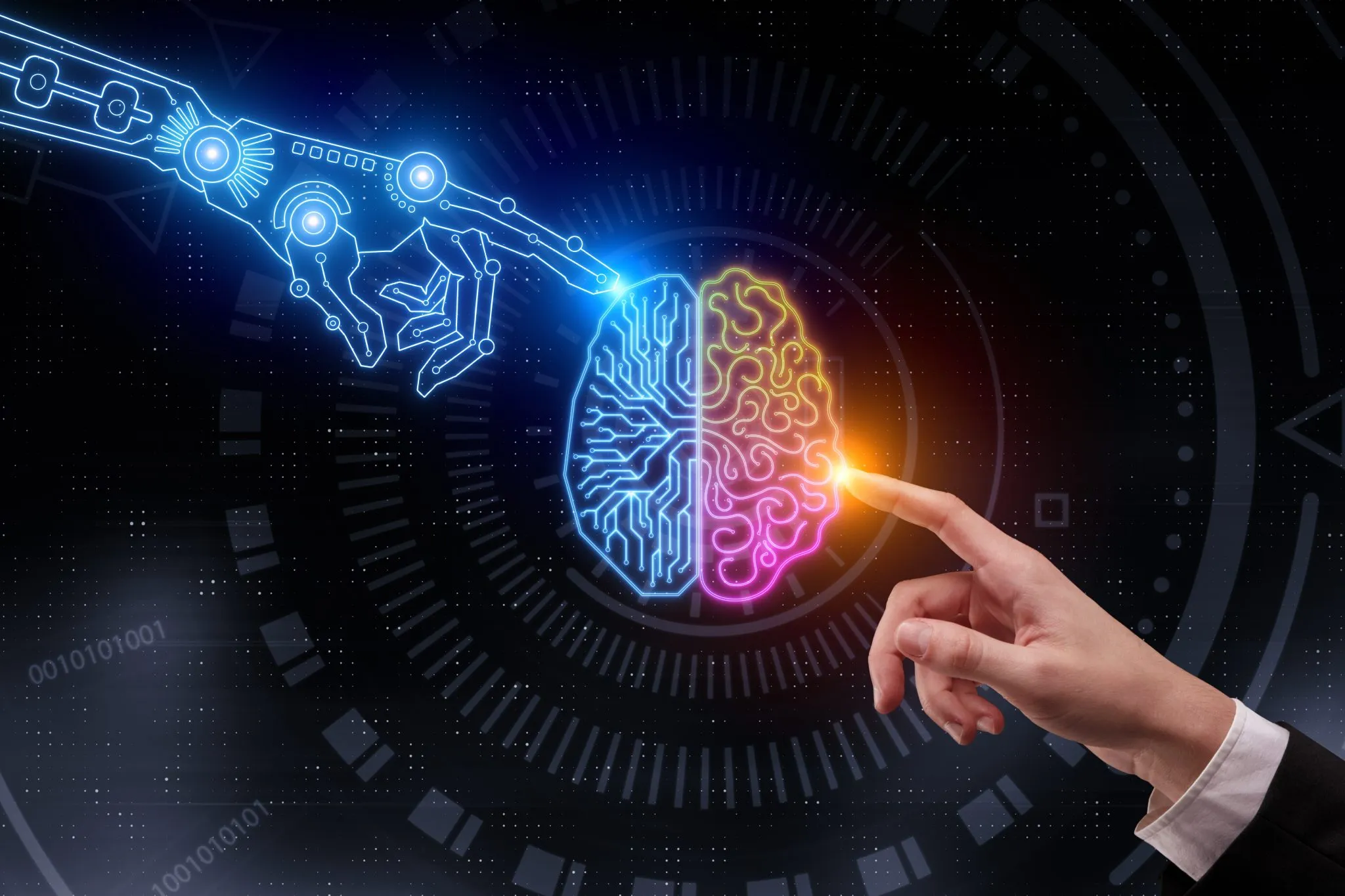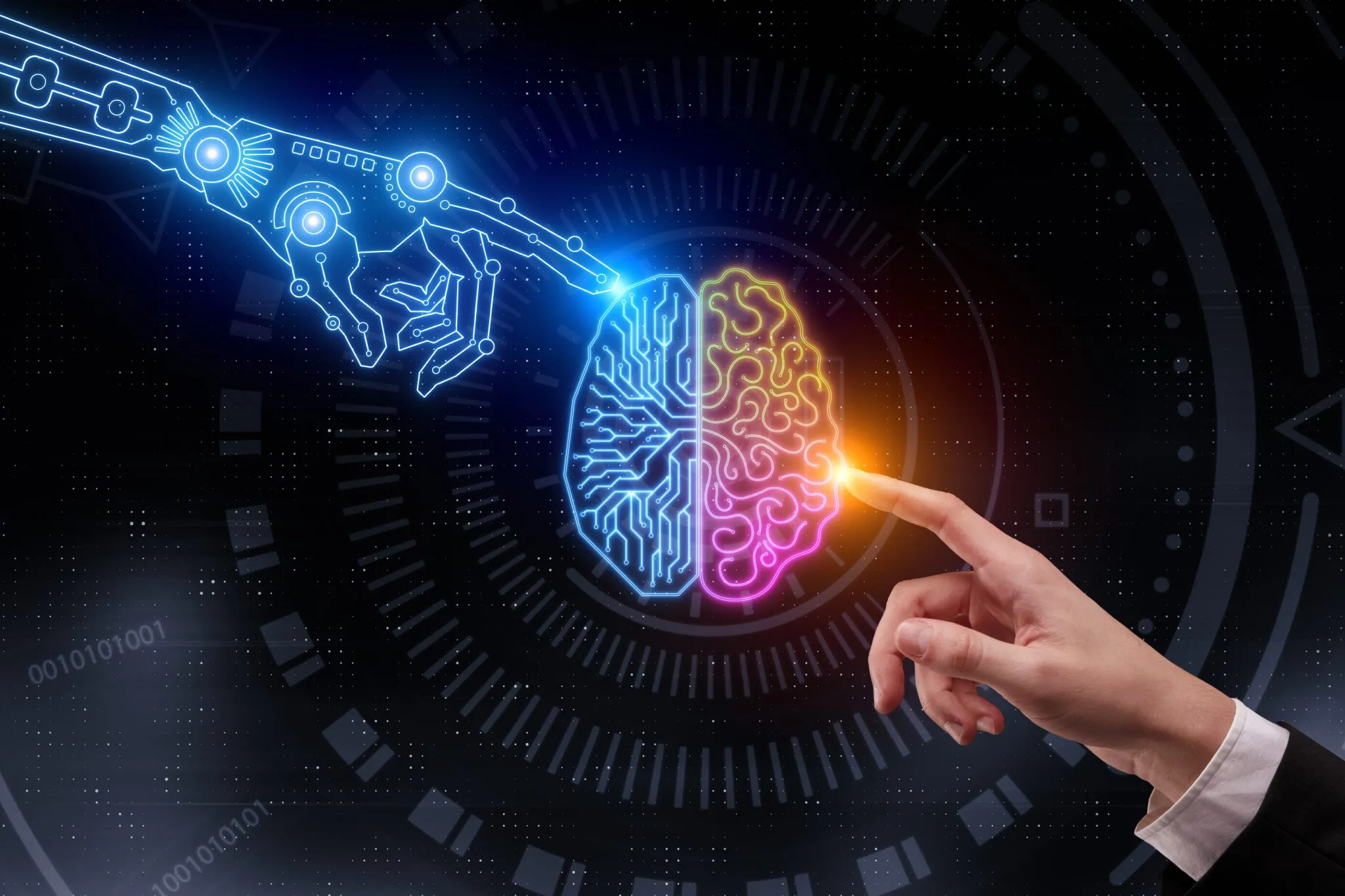Talking about what is current trends in information technology (IT), the field continues to evolve rapidly, driven by innovations that transform how businesses and individuals interact with technology. These trends shape industries, redefine work environments, and create new opportunities. Here are some of the most prominent current trends in IT.
What is current trends in information technology
AI and ML are at the forefront of what is current trends in information technology. From voice assistants like Alexa and Siri to predictive analytics in business applications, these technologies enhance decision-making and improve efficiency. Generative AI, exemplified by models like ChatGPT and DALL-E, has gained significant attention for its ability to create text, images, and code, revolutionizing content creation and automation.
Cloud computing remains a cornerstone of IT infrastructure. Businesses are increasingly adopting hybrid cloud strategies, combining private and public cloud environments to balance scalability, security, and cost. Platforms like Microsoft Azure, Amazon Web Services (AWS), and Google Cloud dominate the market, offering tailored solutions for various industries.
Edge computing, which processes data closer to its source, is also becoming remarkable among what is current trends in information technology. As cyber threats grow more sophisticated, cybersecurity remains a top priority. Trends like zero-trust security models, advanced encryption techniques, and the use of AI for threat detection are gaining traction.
Ransomware attacks and data breaches have made organizations focus on proactive measures, such as endpoint protection and multi-factor authentication, to safeguard sensitive information. IoT continues to expand, with smart devices becoming more integrated into everyday life and industries.
On this aspect of what is current trends in information technology, smart homes, connected cars, and industrial IoT applications are reshaping sectors such as healthcare, agriculture, and manufacturing. The rise of 5G networks further accelerates IoT adoption by providing faster connectivity and greater bandwidth.
5G technology is revolutionizing communication networks by enabling faster data transfer, reduced latency, and support for a higher number of connected devices. It is critical for advancements in IoT, smart cities, and augmented reality (AR) applications. Network slicing, which customizes connectivity for specific needs, is another emerging trend in telecommunications.
The shift to remote and hybrid work models has driven demand for robust collaboration tools. Platforms like Zoom and Slack are such innovations among what is current trends in information technology, incorporating features like AI-driven meeting summaries, seamless integrations, and enhanced security.
Virtual reality (VR) and AR are also emerging as tools for collaboration and training. Blockchain technology is evolving beyond cryptocurrencies to power applications in supply chain management, digital identity verification, and decentralized finance (DeFi). Web3, the next iteration of the internet, emphasizes decentralization and user ownership, leveraging blockchain to enable new business models and enhanced privacy.
In what is current trends in information technology, green IT is a growing focus, with organizations striving to reduce their carbon footprint through energy-efficient data centers and sustainable practices. Technologies like virtualization, cloud computing, and AI-driven energy management play a significant role in making IT more eco-friendly.
While still in its infancy, quantum computing has the potential to solve complex problems that traditional computers cannot. It is expected to revolutionize fields like cryptography, material science, and drug discovery. Companies like IBM, Google, and startups are making significant strides in developing practical quantum computers.
What is current trends in information technology across industries ? Automation is becoming more prevalent, with RPA being used to streamline repetitive tasks and improve efficiency. From chatbots handling customer queries to automated workflows in business operations, automation is enhancing productivity and reducing costs.
Data continues to be a valuable asset for businesses. Advanced data analytics tools powered by AI and ML help organizations extract actionable insights, predict trends, and optimize operations. Big data platforms like Hadoop and Apache Spark are evolving to handle increasingly complex data requirements.
Augmented reality (AR) and virtual reality (VR) are transforming experiences in gaming, education, and training. These technologies are also finding applications in retail virtual try-ons, real estate tours, and healthcare surgical simulations, blurring the lines between physical and digital interactions.
The current trends in IT reflect a blend of cutting-edge technologies and practical solutions to modern challenges. As businesses and individuals adapt to this dynamic landscape, the emphasis on innovation, security, and sustainability will continue to drive the industry forward. Staying updated with these trends is crucial for organizations aiming to remain competitive and relevant in an increasingly digital world.





